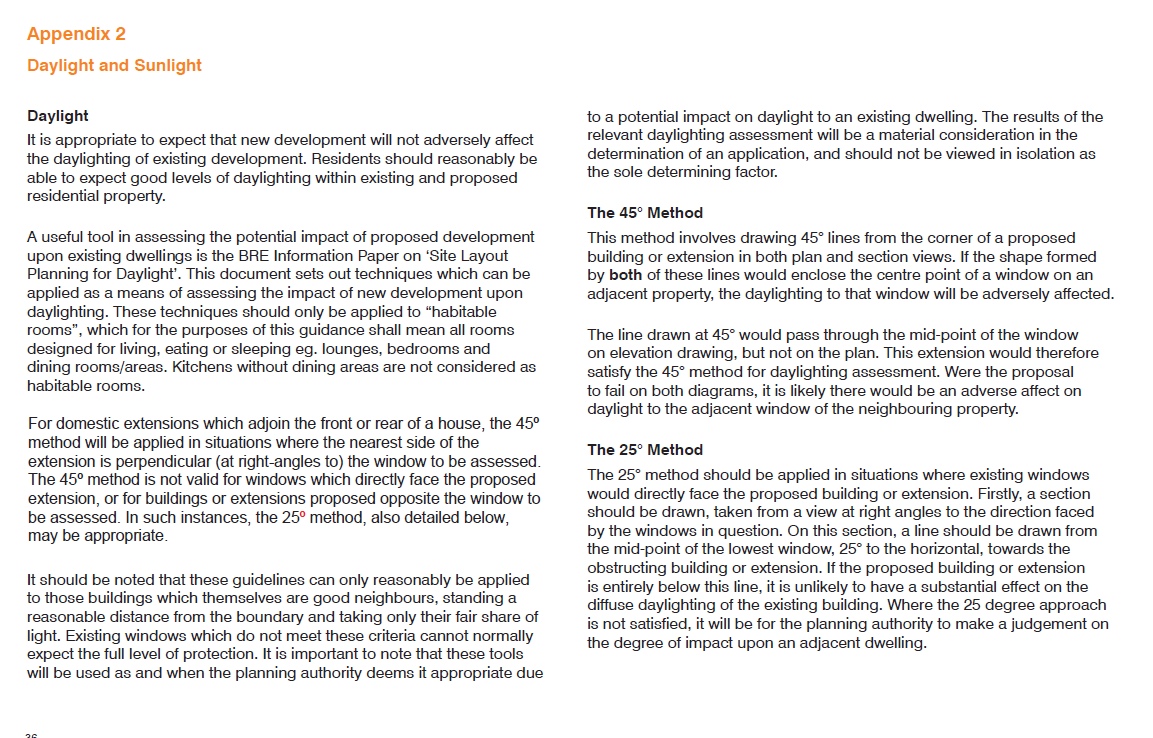In the world of realty development, comprehending the nuances of light rights is essential for securing seamless project execution and preventing costly legal disputes. A right to light survey can offer essential insights that help builders navigate the intricate environment of light regulations and their influence on new constructions and pre-existing buildings. With https://panduro-hirsch-2.federatedjournals.com/avoiding-right-to-light-issues-advice-for-builders becoming progressively dense, neglecting to recognize these issues can lead to major setbacks, such as objections from adjacent landowners and prospective injunctions that halt progress.

This article explores the value of right to light surveys, outlining essential aspects for real estate developers at each phase of the design process. From comprehending law aspects to carrying out successful tactics to reduce conflicts, this resource aims to equip builders with the knowledge and resources necessary to secure their initiatives while acknowledging the rights of those close by. By delving into the context, laws and regulations, and concrete actions involved in conducting a light rights assessment, we will show how preventive actions can protect your interests and your neighboring property owners.
Grasping Right to Light
Right to light is a legal entitlement that permits property owners to receive a certain amount of natural light via their windows. This right is commonly established via continuous access of light over a specific period, typically 20 years, and is accepted under common law in the UK. The presence of a right to light is vital for homeowners and businesses as it directly affects the functionality and value of their properties.
In property development, understanding right to light is crucial because it can significantly impact design and planning decisions. If a proposed development hinders existing light rights of neighboring properties, it could cause disputes, legal claims, and even injunctions to pause construction. Developers must factor in the implications of their projects on adjacent buildings to steer clear of potential conflicts and ensure conformance with local regulations.
Additionally, right to light issues can arise in multiple scenarios, including extensions and new builds. It is crucial for developers to evaluate potential light impacts early in the planning process. Engaging experts to carry out right to light surveys can provide understanding and help navigate the complexities of local laws, ensuring that projects continue smoothly while honoring the light rights of neighboring properties.
Survey Methodology and Equipment
Carrying out a Light Rights survey is a comprehensive process that demands both specialized knowledge and a thorough understanding of laws and regulations. Initially, surveyors assess the present light conditions to find out how much light neighboring properties are receiving. This entails gathering data on the layout and height of buildings as well as surrounding structures, which can influence light levels. The survey process typically encompasses site visits, measurements, and recording of characteristics like window sizes and orientations.
Once the initial assessments are done, surveyors make use of various tools to analyze the collected data. Daylight and sunlight modeling software plays a key role in simulating how light engages with structures throughout the year. These representations help illustrate potential impacts of upcoming projects on light availability for neighboring properties. Moreover, employing tools based on the Building Research Establishment (BRE) guidelines ensures compliance with set criteria, which can be crucial in court cases.
In addition to software modeling, cutting-edge approaches such as 3D modeling considerably enhance the accuracy of Right to Light analyses. By creating three-dimensional representations of existing and proposed structures, surveyors can better determine how changes in a development will affect light access to adjacent properties. This comprehensive approach not only helps in meeting compliance standards but also helps in fostering good relationships with neighbors, ultimately minimizing the likelihood of disputes related to light rights.
Case Reviews and Sector Knowledge
One notable instance involved a mid-sized construction in an metropolitan area where the developer did not conduct a Right to Light survey prior to commencement. After the project began, several neighboring residents raised concerns due to a substantial decrease in natural light in their residential units. The resulting legal battles not only postponed the project but also led to escalated costs from potential modifications and remuneration requests. This case emphasizes the vital importance of conducting a natural light survey as soon as possible in the planning process to spot potential hazards and deal with them proactively.
In another instance, a builder engaged specialists to perform a thorough natural light assessment for a mixed-use development project. By utilizing sophisticated 3D modeling and adhering to the BRE guidelines, the constructor was able to show that the new development would not significantly obstruct sunlight to nearby properties. The clarity provided by the Daylight and Sunlight facilitated easier communication with neighbors, who appreciated the transparency of the findings. This approach not only lessened the chance of legal issues but also fostered goodwill in the community, illustrating how anticipatory measures can support effective project outcomes.
Finally, a recent trend in urban development has shown that the value of natural light rights is becoming more and more recognized among city officials. Builders who stay informed about recent light rights cases can learn important lessons about the most effective practices for avoiding disputes. By understanding the legal framework and engaging light rights experts promptly in the design phase, developers can align their projects with public expectations and legal requirements, ultimately leading to more harmonious development outcomes.
